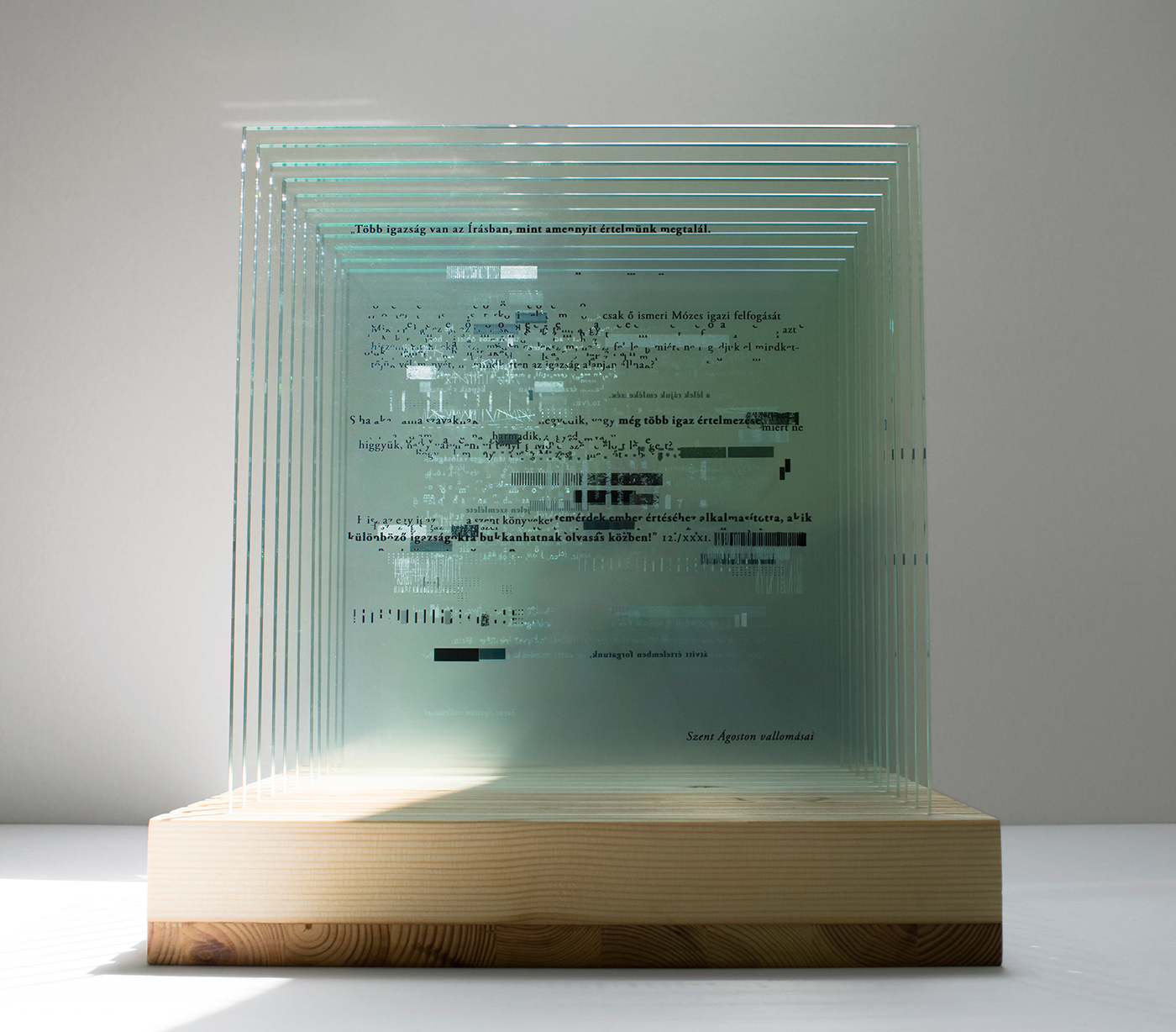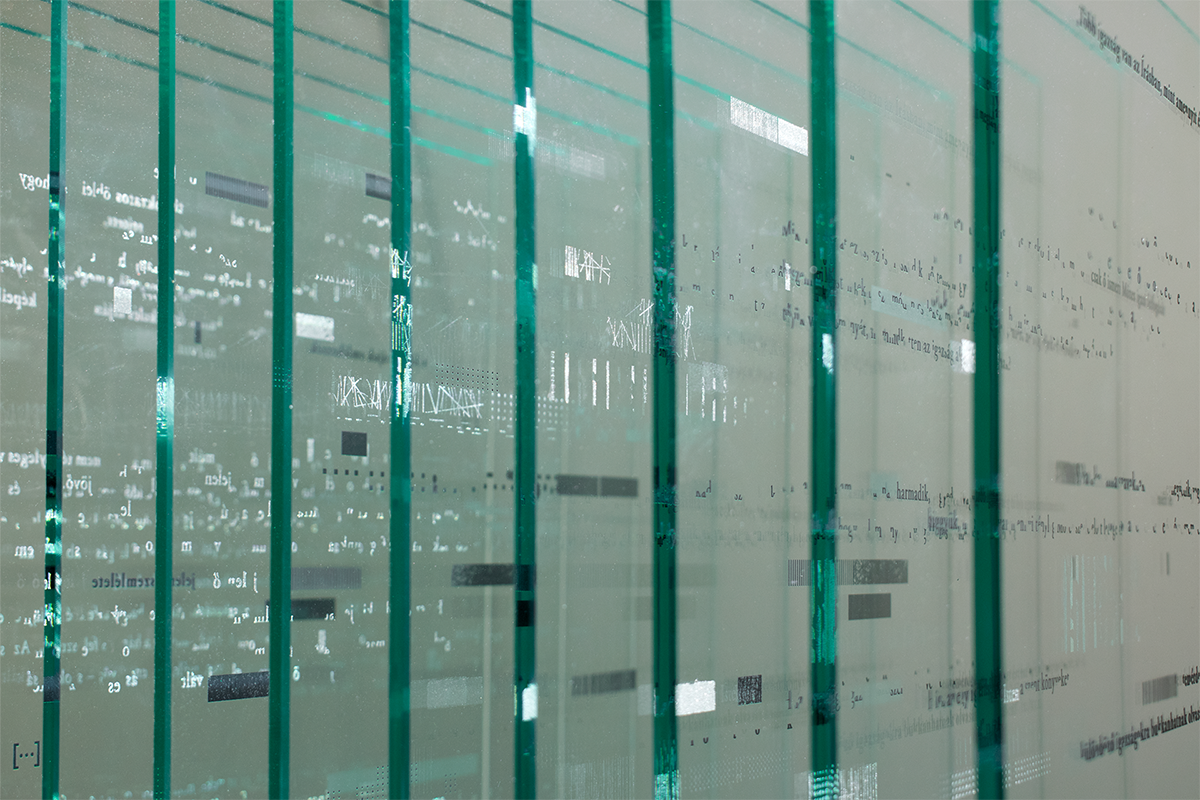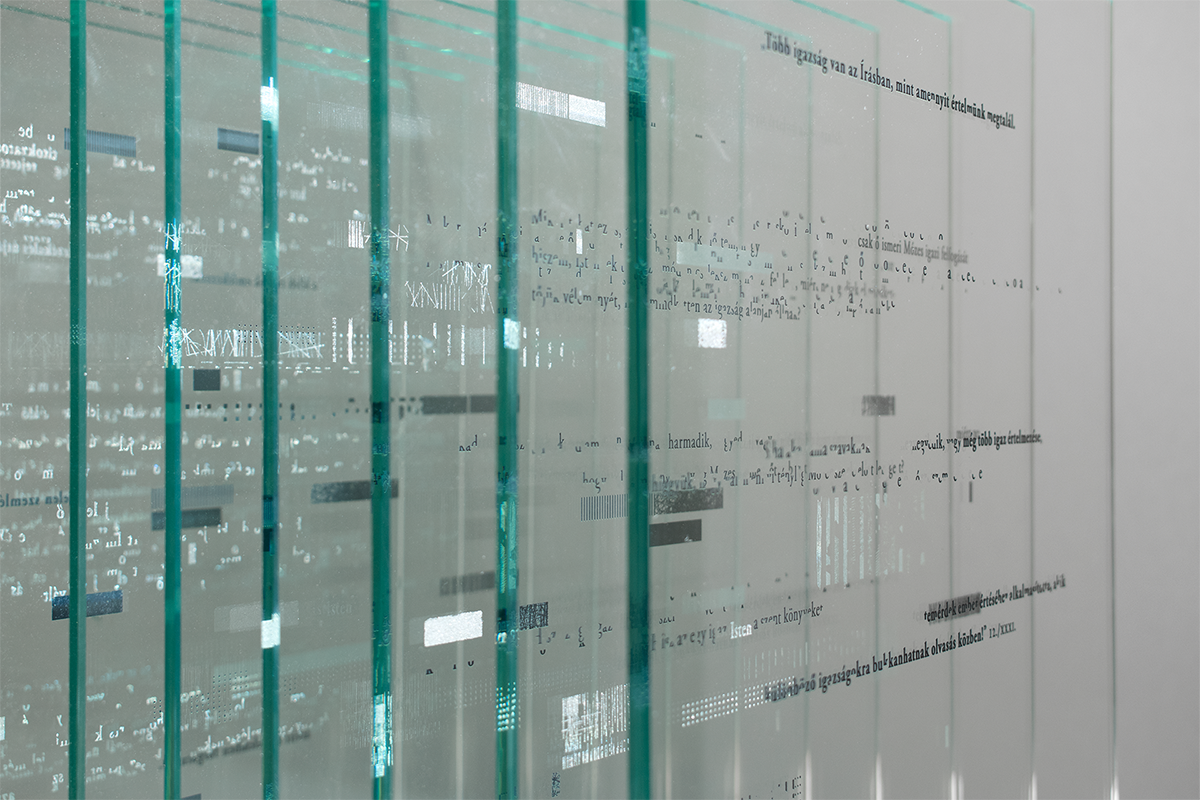QUOTED OUT OF CONTEXT – MEMORY DISTORTION
ST. AUGUSTINE'S CONFESSIONS (FRAGMENTS)
In this project, I examine the plasticity, multiple view, fragility, volatility and the passing away of memory and its relation to time.
St. Augustine discusses memory and the concept of time in the 10th and 11th book of his Confessions; I chose these texts for inspiration and processed them in my graphics art works.
Writing is one of the oldest tools for preserving thoughts, memories and the past, but the paradox of the written text is the impossibility of totally understanding the coded thoughts of the author. The purpose of the text is to capture and preserve thoughts and the memories of the author, however the reader might not have enough context or knowledge to fully comprehend and re-encode the text in the way the author intended.
When reading, we can associate and make correlations between different text and information which we might have previously read. The reader’s interpretation of texts could change and misinterpret the authors intended meaning. This interrelationship based on the readers’ prior knowledge and understanding can therefore impact a prior and future text. A reader referencing one text whilst reading another is similar to how memories are created and changed. Memories are distorted depending on the context and moment you are recalling them.
Texts are carrying the possibility of distortion by being quoted from, transferred, mixed in style and impacted upon intertextually by the reader. Therefore, the text doesn’t need to fade to be hard to comprehend.
St. Augustine’s text makes the memory issue uplifted on a more spiritual level. He makes correlation between memory, existence, soul, time and the presence of God. According to St. Augustine the memory is the experience of time, but we can only talk about time in the present: the present experience of the past, the present experience of the present, and the present expectation of the future. These three time dimensions solely exist in the human soul, in this case we measure time in our soul. The solution (or question) of time could be in our expectation and the way we visualize and deal with memory.
I quoted texts from St. Augustine’s Confessions and created a unique book from it. The word ‘fragments’ in the title of the book refers to the selection of the texts. The structure of the book refers to the existence and the soul as the book’s content as well. The quantity of pages in the book is a metaphor for the average duration of a human life. I designed the book for 80 pages (88 pages with endpapers). The three dots in the sign on the book cover […] allude to the time – past, present and future or the stage of birth, life and death – and it also makes connection with the missing text in the book; the ellipsis as a form of punctuation signifies missing text within in a quotation. The first page starts with a white dot, this refers to the spirit. The hole or frame at the beginning and ending of the book could be interpreted as a gateway in to life and then in to death and it could also refer to the lack of memory. The holes in the book and the page-setting have role as well. The page-setting, the number and scale of the holes, and the readability of the text change a little bit at the main turning-points of life. (7, 21, 33, 41, 51, 65, 81) The looming texts through the holes sometimes complete the text, make it interpretable and become part of the present, but sometimes they do not and keep the reader uncertain with showing the random appearance of memories and expectations. The variability of the page-setting also represent uncertainty at different stages in people's lives, the words with wide letter-spaces could show memories starting to become loose and potentially disappear.
As you continue to read the book the format alludes to the past and the future in the present through the holes. The holes also symbolise memories and the missing sections of memories too, and refer to the possibility of quoting the text out of its context. Across the gap you can guess the future, understand more in the present and recall or forget the past. The lack of text can construct and create new possibilities whilst at the same time this could represent a cessation of a thought. Not to be is to be – the paradox of life.
“But how is that future diminished or consumed, which as yet is not? or how that past increased, which is now no longer, save that in the mind which enacteth this, there be three things done? For it expects, it considers, it remembers; that so that which it expecteth, through that which it considereth, passeth into that which it remembereth.” (St. Augustine’s Confessions 11th book/XXVIII)
Nine posters and a glass object accompany the book. I also work with gaps, the lack and fragility of the text on the posters and the glass. I put St. Augustine’s text in different kind of context with the three works to allude that texts as memories are the object and subject of our own manipulation. The posters, the glass object and the book visually and graphically complement each other. The glass with its material refers to the fragility and transparency of memories, and at the same time to the strong belief in memories.
TYPE – personal project
CATEGORY – poster design, book, print, art
YEAR – 2016
CATEGORY – poster design, book, print, art
YEAR – 2016
Posters
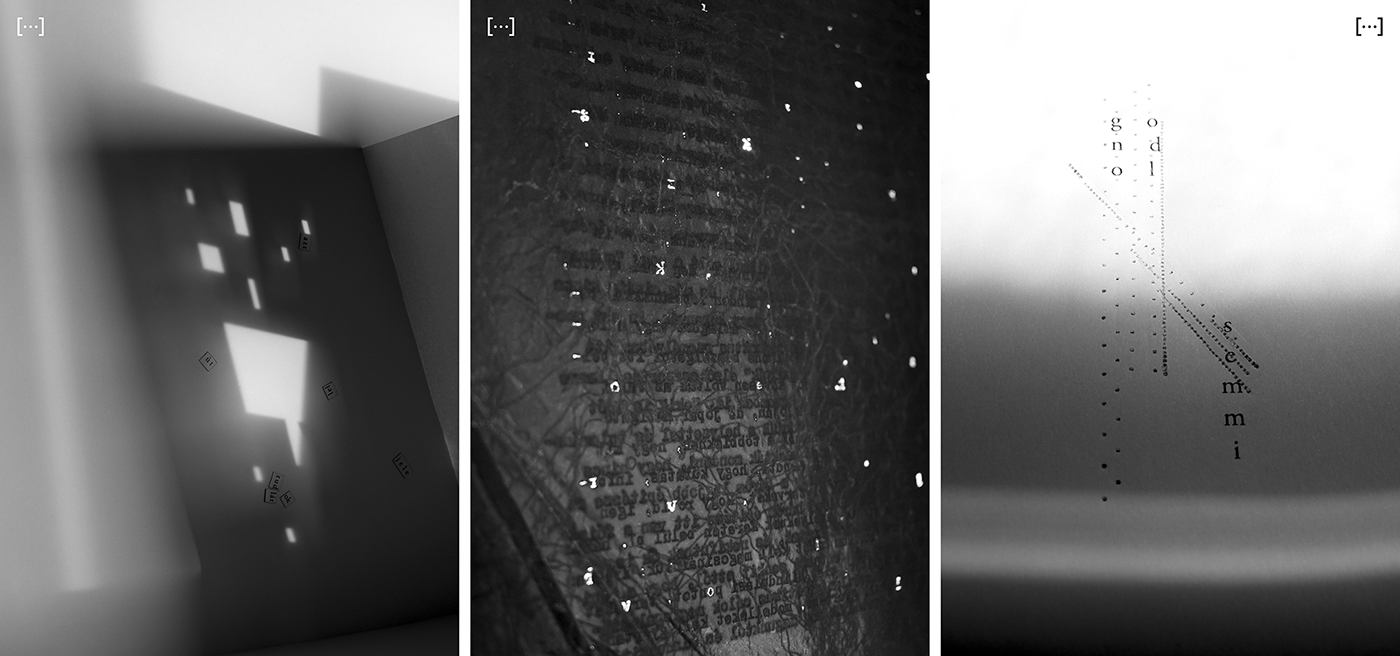
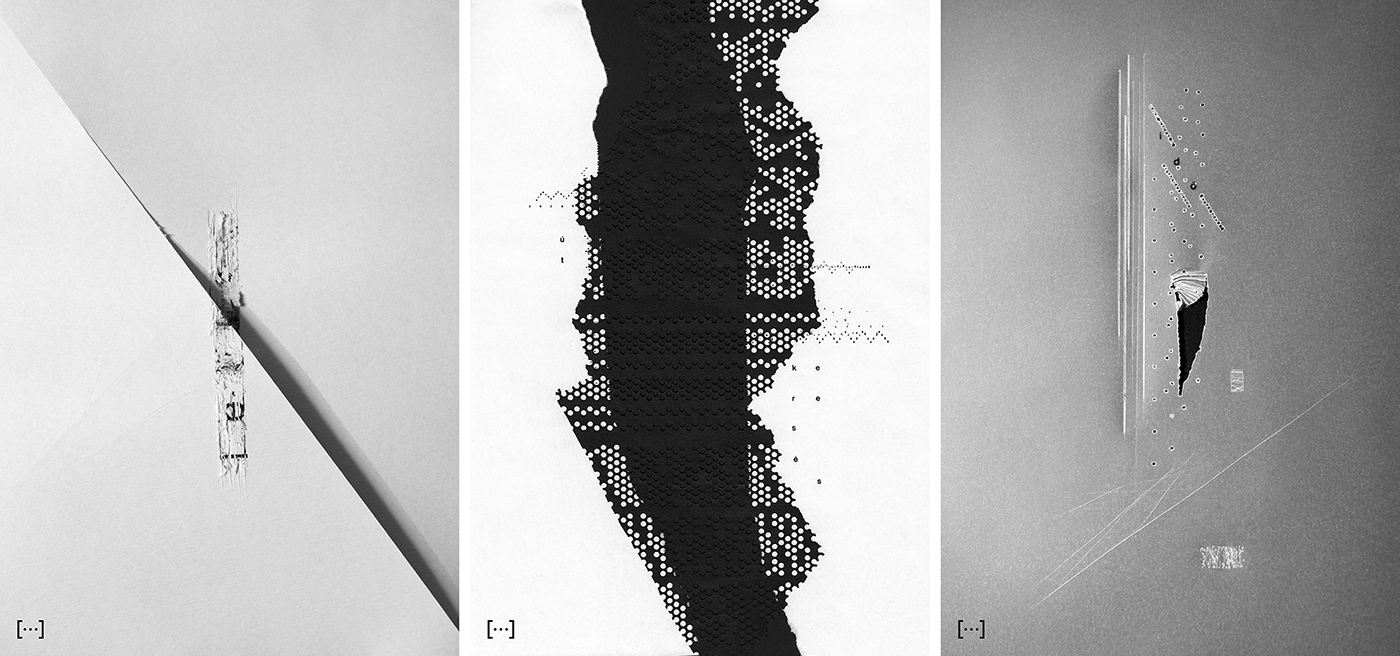
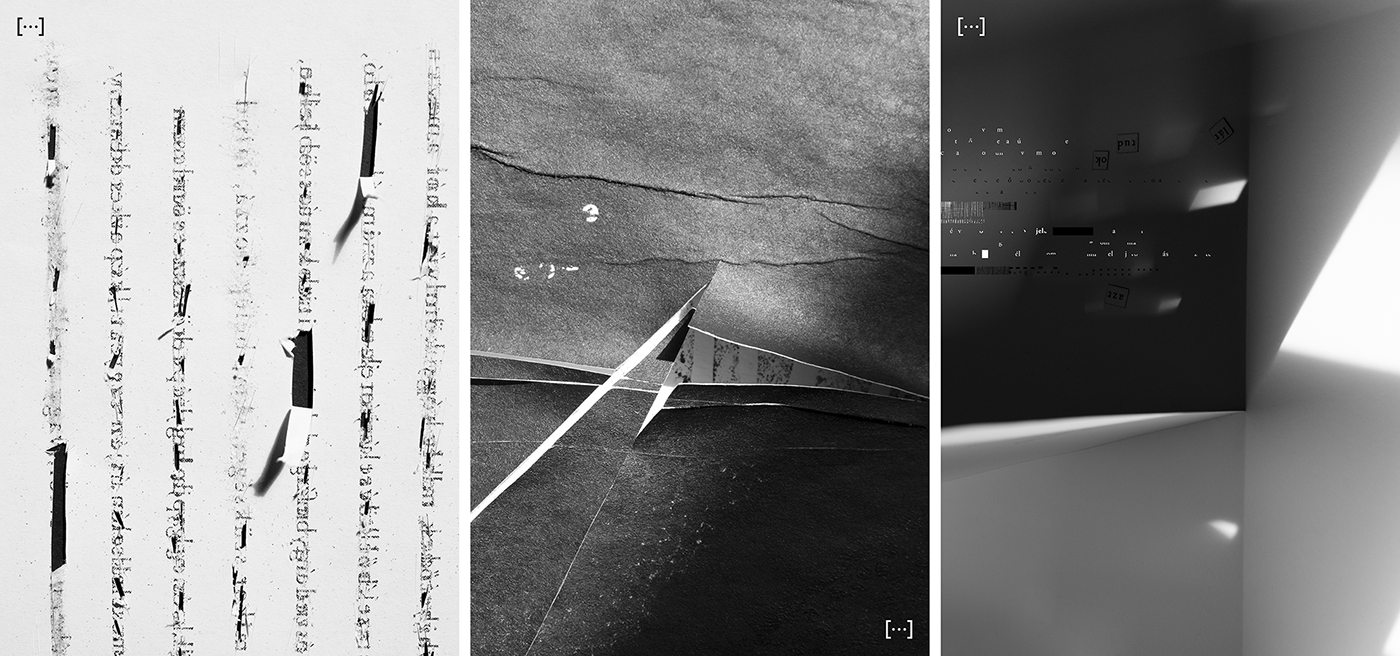
The Book
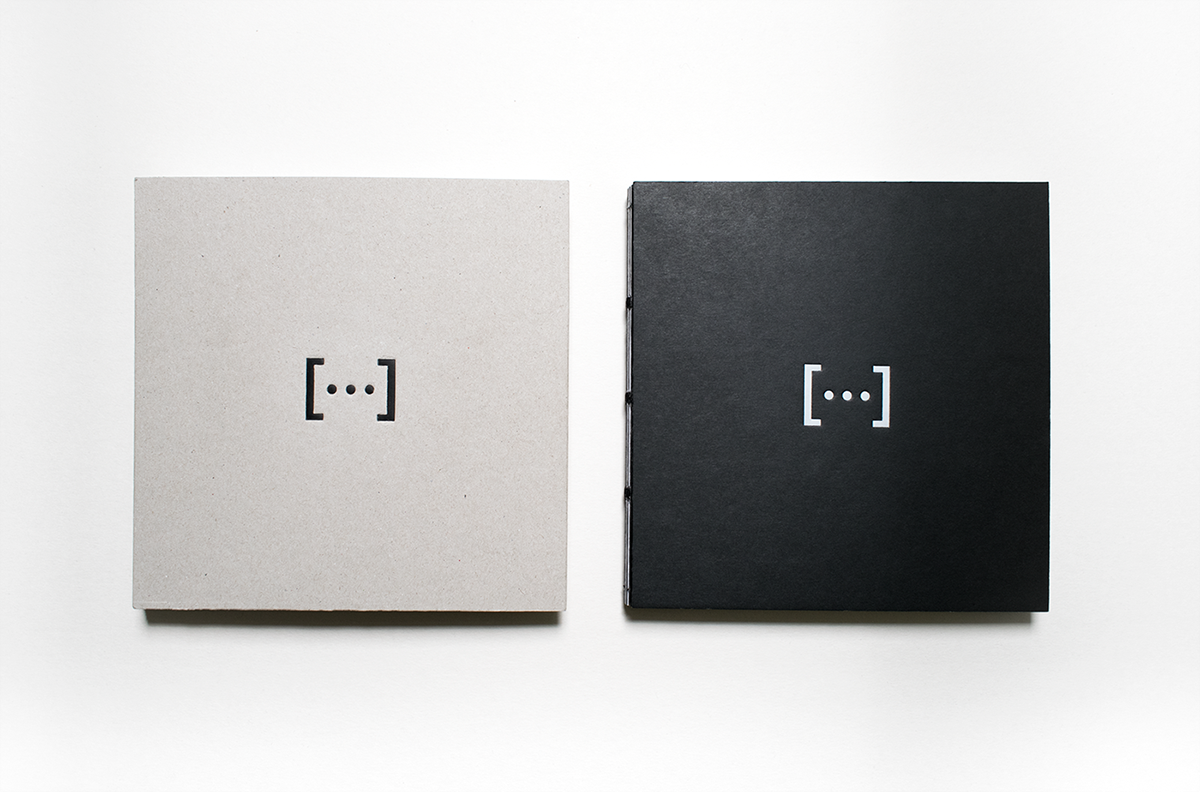
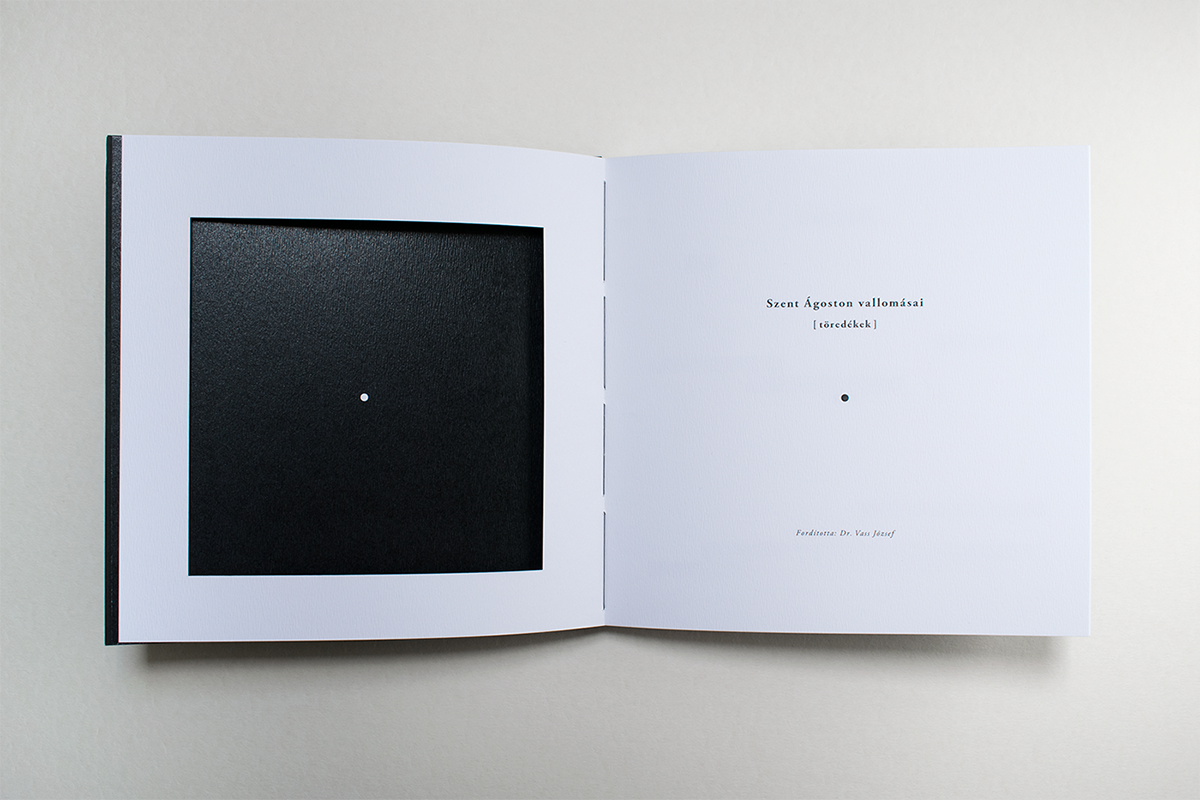
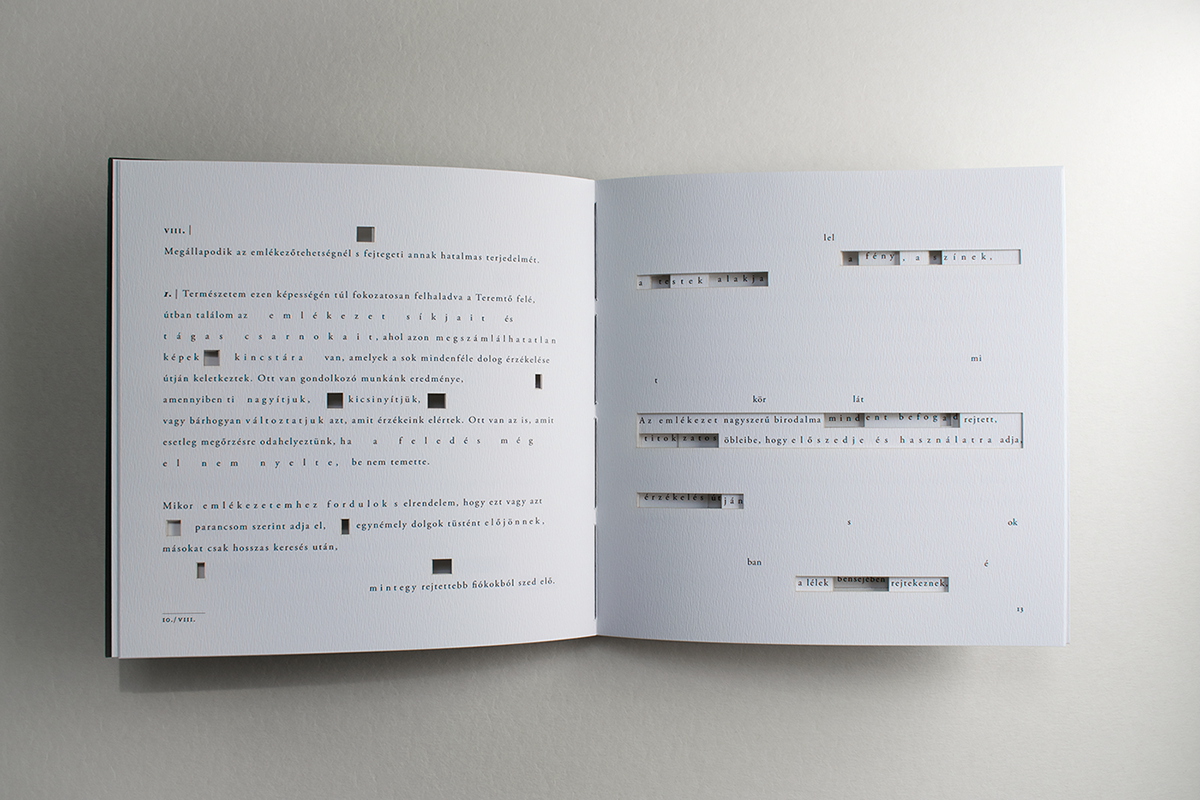
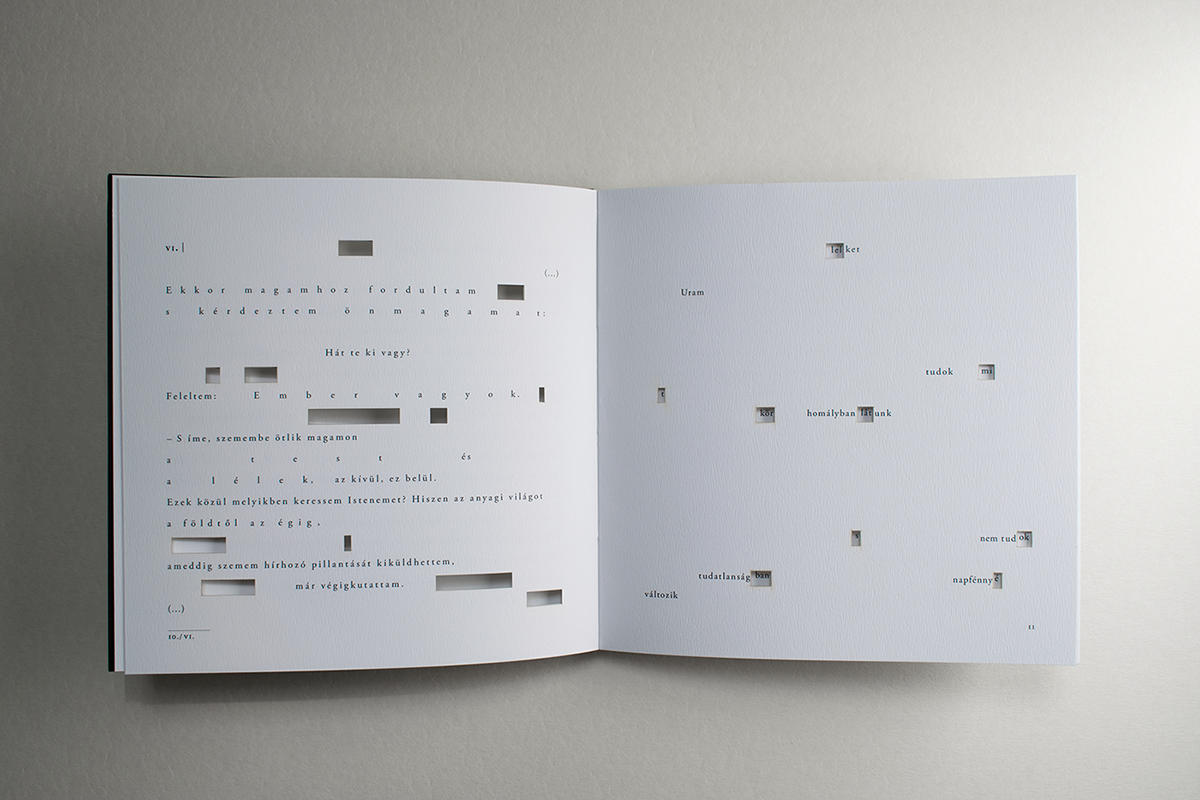


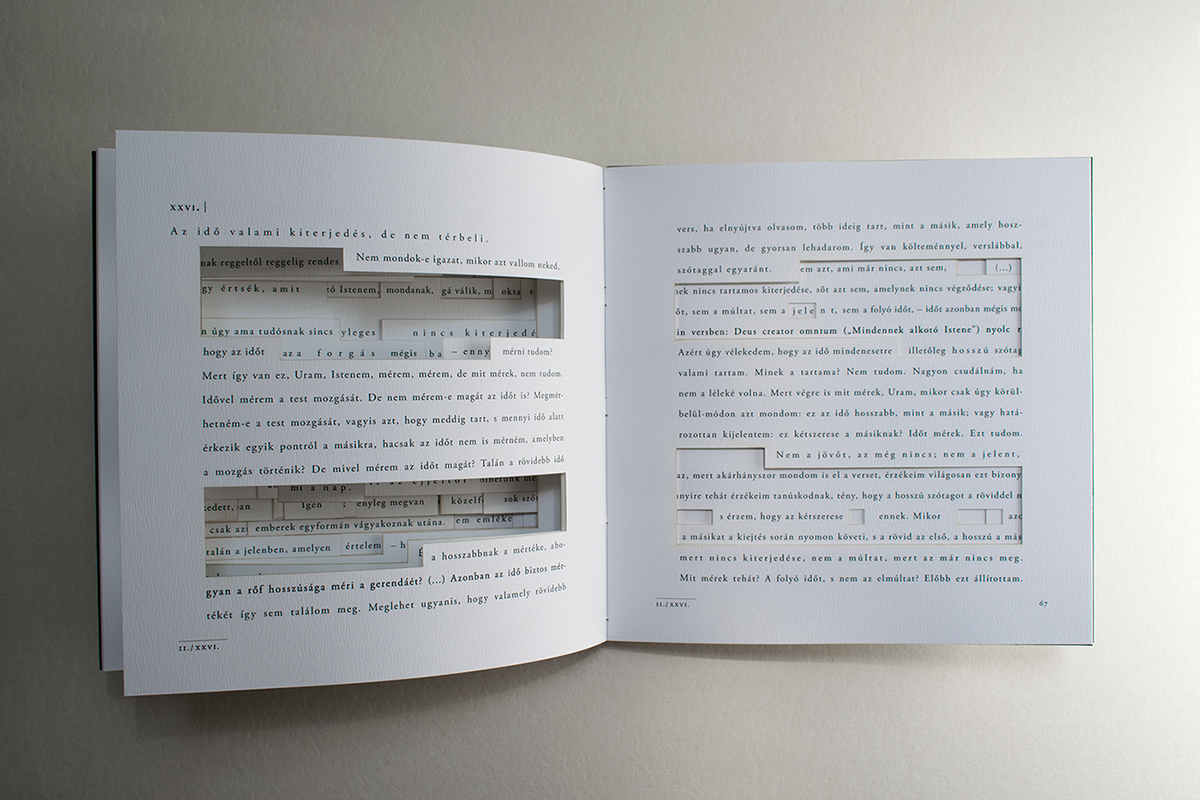

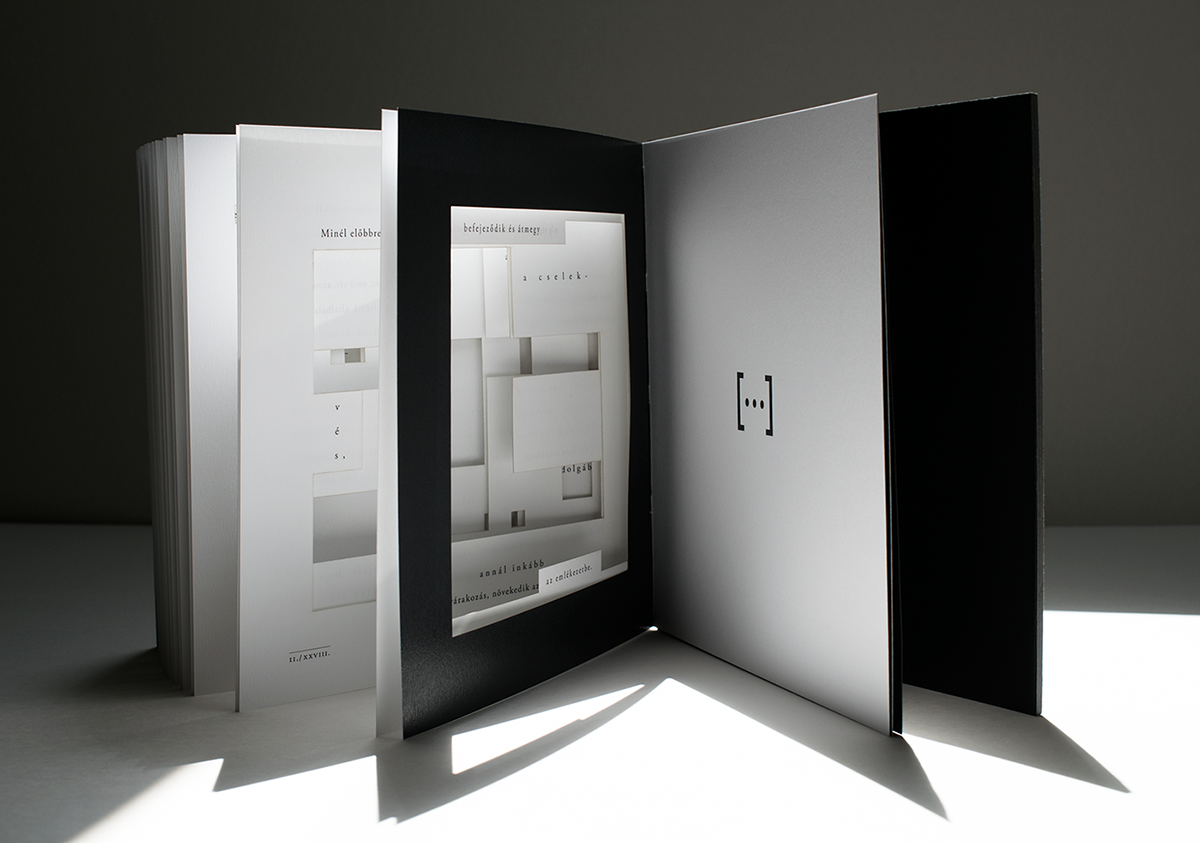
THE GLASS OBJECT
